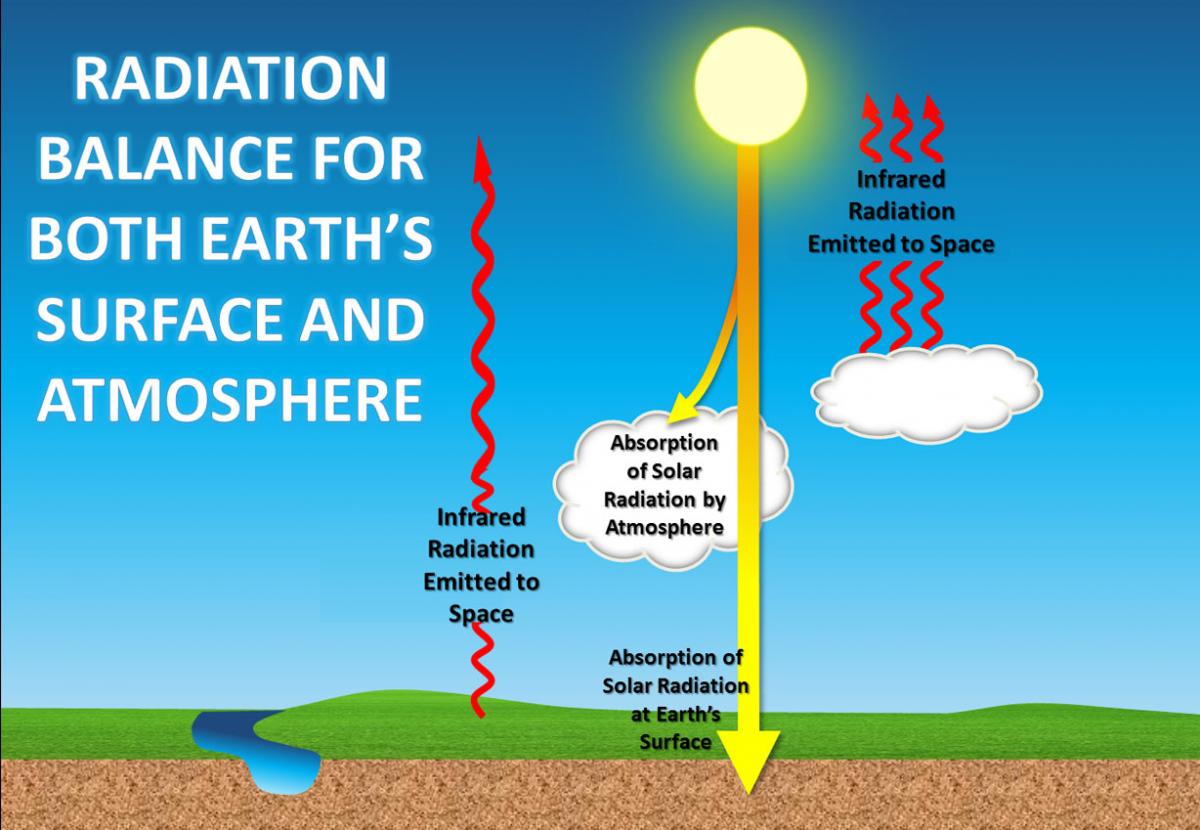Isaac Newton was born on Christmas Day 1642 in Woolsthorpe-by-Colsterworth, England. You may also see his birthday on January 4, 1642, and the reason why you would see Sir Isaac Newton with two birthdays is not because he was born on a leap year. The reason is that during this time period there were two calendars used in this time period, the Julius and the Gregorian calendar. Well, ok you think that is interesting, wait till you hear the next part of his life's story.
Isaac Newton was also born premature. In those times, being born premature would almost insure that you would die due to the lack of modern technology. Another major problem facing the young Newton is that his father died three months before his birth, and his parents were very poor. With these two factors in play, Isaac Newton had no chance of surviving, but he somehow did. The next major obstacle for him is that his family was poor and his mother could not afford his education, but a weird stroke of fate got him the resources needed for his education. Isaac Newton's mother married a sixty plus year old man named Reverend Barnabus Smith when Isaac was three years old. Because of his mother's choice, Newton was able to get the education he needed to go to Cambridge University and work on his more important pieces of science later on in life. On the flip side, Isaac Newton had to live with his grandparents on his mother's side. He would not see her for some time until the next major disaster befell him.

Cambridge University
In 1653 after the death of Isaac Newton's mother's second husband, she yanked the young Newton out of school to become a farmer. Luckily for him, he was a terrible farmer and returned to school at King's School at Grantham. After years of studies he finally made it into Cambridge University in June 1661. During his time at Cambridge, he got a Bachelors degree without honors or distinctions. Then, a tragedy of epic proportions struck the school and forced it to close its gates for two whole years.
In 1665, a plague hit the schools and it was forced to close its doors for two whole years. Isaac Newton then had to return back home. During this time, he made some remarkable discoveries. It was during this time, he created his 'method of fluxions' or better known as calculus. So, he is the reason you will or already have sleepless nights trying to learn this "fun" mathematical principle. He also created his theory on light and his theory on planetary motion. His most famous piece of scientific discovery was his theory of gravity.
After many more discoveries, he was elected President of the Royal Society in 1703 and was reelected every time before his death on March 20, 1727. He was also knighted by Queen Ann in 1705 for some work he did for the Royal Mint. He finally died on March 20, 1727 in London. He was buried at Westminster Abbey. He is one man that has truly changed science forever.
Thanks for reading my post, please leave a comment in the comment section down below, also check my ten facts about Isaac Newton.
- Isaac Newton was very religious
- He believed that he committed a sin by eating an apple at church
- He stuck a needle in his eye
- He worked for the Royal Mint
- He was knighted by queen Ann for his work at the mint
- He had no children
- He never married
- He created the first reflecting telescope
- He was able to predict the flight pattern of Halley's comet correctly
- Was known to have two major temper tantrums in his entire life







